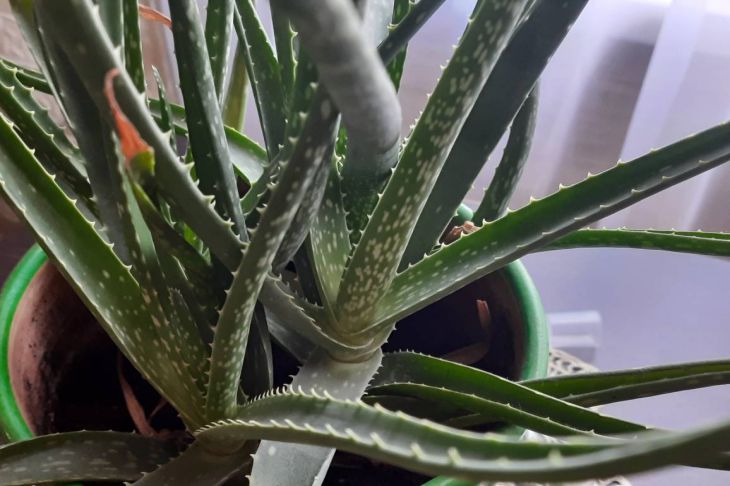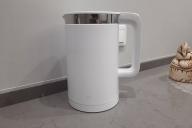Aloe vera, commonly known as century plant, is a succulent that is very unpretentious and can be grown even by those who are completely unfamiliar with the basics of plant care.
However, problems may arise with it too. What exactly and how to solve these problems that arise?
Problem number one - aloe suddenly turns from green to grey or its leaves acquire a slightly reddish tint. This does not indicate a disease, but rather that the plant has experienced some stress.
For example, you put a pot of it on a sunny windowsill, and before it was in the shade. Nothing terrible happened: it is enough to return the aloe to its usual environment, and it will turn green again.
The second problem is root rot. This is much more serious: with this infection caused by bacteria, the aloe leaves gradually become soft and begin to fall off, and new ones simply do not grow. What is the reason? Too much watering. Aloe can do without moisture for a long time, since it accumulates it in the stem and fleshy leaves. And you should not water it often and a lot.

When the soil in the pot has dried out almost completely (this can be easily checked with a long bamboo skewer, sticking it into the ground), then you need to add water to the plant, but not much. And so that the water in the aloe pot does not stagnate and bacteria do not multiply in it, add good drainage to the soil.
An excellent solution when root rot is detected is to transplant the succulent into a new pot with fresh, uninfected soil and water it only three weeks after transplanting.
Problem number three is the appearance of brown leaves on the aloe. The reason may again be an abundance of water, which aloe does not need at all. Or, perhaps, the darkened leaves have simply become old and are ready to fall off. Remove them from the stem, give room to new, young and green leaves.
The fourth problem is that the tips of the leaves start to turn yellow. This happens when the aloe cannot fully absorb nutrients from the soil. And either feeding the plant or transplanting it into a larger pot with new soil, well fertilized beforehand, will help.
Or the aloe turned yellow because it lacks light. Most often, it "signals" this in winter. It is not advisable to feed the aloe in the winter months, since the succulent "goes into hibernation", but you can take the pot with it to a brighter place so that the leaves do not turn yellow.
And problem number five - the leaves begin to break, bend and become limp. This is also a reason to think about providing the aloe with a normal level of lighting - natural or artificial.
On warm sunny days, take the plant out onto the balcony or leave it on the windowsill, but pull back the curtains, and in winter provide additional illumination with a phytolamp. For normal growth and a healthy appearance, the succulent needs to be in the light for about 6 hours a day. The light should not be directed, but soft and diffused.
Aloe can also get sick because pests have settled on it. Most often, scale insects, mealybugs and spider mites settle on this plant. You can determine whether harmful insects have settled on the bush by the leaves: they become covered with a waxy coating, turn yellow, become lethargic and fall off. Treating the aloe and the soil in the pot with fungicides or, as in the case of spider mites, acaricides will help.








